A necessary direction
This summer, the domestic cinema market has continuously witnessed the appearance of a series of Vietnamese-branded animated films such as: De Men: Adventure to the Swamp Village, Trang Quynh Nhi: The Legend of the Taurus and most recently Wolfoo and the Race of the Three Realms.
This is perhaps a welcome sign showing the “rise” of Vietnamese animation; at the same time, it also shows the potential of this genre in front of a not-so-small “gold mine”. Literary works such as De Men: Adventures to the Swamp Village (adapted from the work De Men Adventures by writer To Hoai) are an example.
There are many animated films in the world adapted from literary works. Some examples include The Little Prince, Night Train Over the Milky Way, Pipi Longstocking, Anne of Red Hair, Peter Pan, Heidi, Charlie and the Chocolate Factory, Totto-chan: The Little Girl at the Window...
In Vietnam, writer Nguyen Nhat Anh is an author whose works have been adapted into films. However, another “gold mine”, considered to be very good material for animated films, are his works in the fairy tale genre such as: I am Beto, Going to the stream to watch the pink trumpet flowers, There are two cats sitting by the window, Wishing a good day, The little dog carrying a basket of roses…, which until now have almost remained on paper!
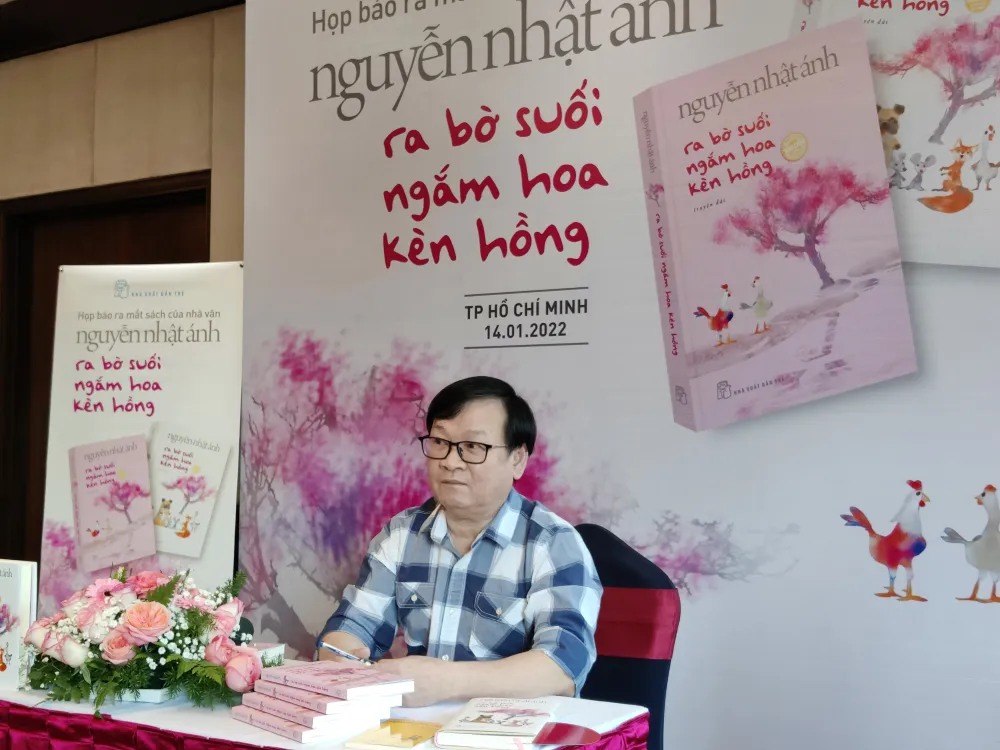
Dr. Dao Le Na, lecturer at the Faculty of Literature (University of Social Sciences and Humanities, VNU-HCM), believes that adapting children's literature into animated films is a necessary and potential direction because Vietnam has an extremely rich treasure of children's literature, from folk tales, legends, fables, fairy tales to modern literature... This is a valuable source of material to develop animated films with Vietnamese cultural identity, while touching the rich inner world of children.
However, according to Dr. Dao Le Na, a significant market obstacle is that Vietnamese animated films - including those adapted from literature - still face many difficulties when released in theaters.
“The sales of most Vietnamese animated films in recent times have been low, showing that domestic audiences still do not have the habit of going to the cinema to watch Vietnamese animation. This is a major barrier that makes producers hesitant when choosing to adapt a children's literary work into a movie, instead of a television or YouTube product,” said Dr. Dao Le Na.
Invest from the root
Recognizing the potential of literary works for animation, screenwriter Pham Dinh Hai, author of the animated film Trang Quynh nhi: Truyen thuy Kim Nguu, believes that the most important thing is to invest from the root - in this case, the literary work.
According to him, literary works are not too dependent on money, and allow authors to freely create their own worlds, and when there is a good work, one can consider making comics. When a novel or comic is famous and has a certain spread, it will be an effective premise for making animated films.
“Making a film is a very expensive job. Therefore, we need to take appropriate steps to limit risks. When the original work has a certain level of recognition, then consider investing in making an animated film for theatrical release. In addition, writers also need to accept the possibility of adapting their work when converting it to cinema,” added screenwriter Pham Dinh Hai.
According to Dr. Dao Le Na, we can learn many things from international animated films adapted from literature. First of all, it is the way international directors always define their films as new, independent works with their own aesthetic personality, not simply literary illustrations. They are not afraid to “rewrite” or even “reinterpret” the original text in a contemporary spirit. This is what makes animated films like The Little Prince or Totto-chan both maintain the humanistic spirit of the original and touch the very new feelings of today’s audiences.
“When children and parents see that animated films adapted from Vietnamese children’s literature are of real quality and bring a different experience, they will be willing to go to the cinema. And that is when our children’s literature will have a new life – vivid, beautiful and open – in the world of animation,” Dr. Dao Le Na shared.
Source: https://www.sggp.org.vn/van-hoc-thieu-nhi-mo-vang-cho-phim-hoat-hinh-post804065.html


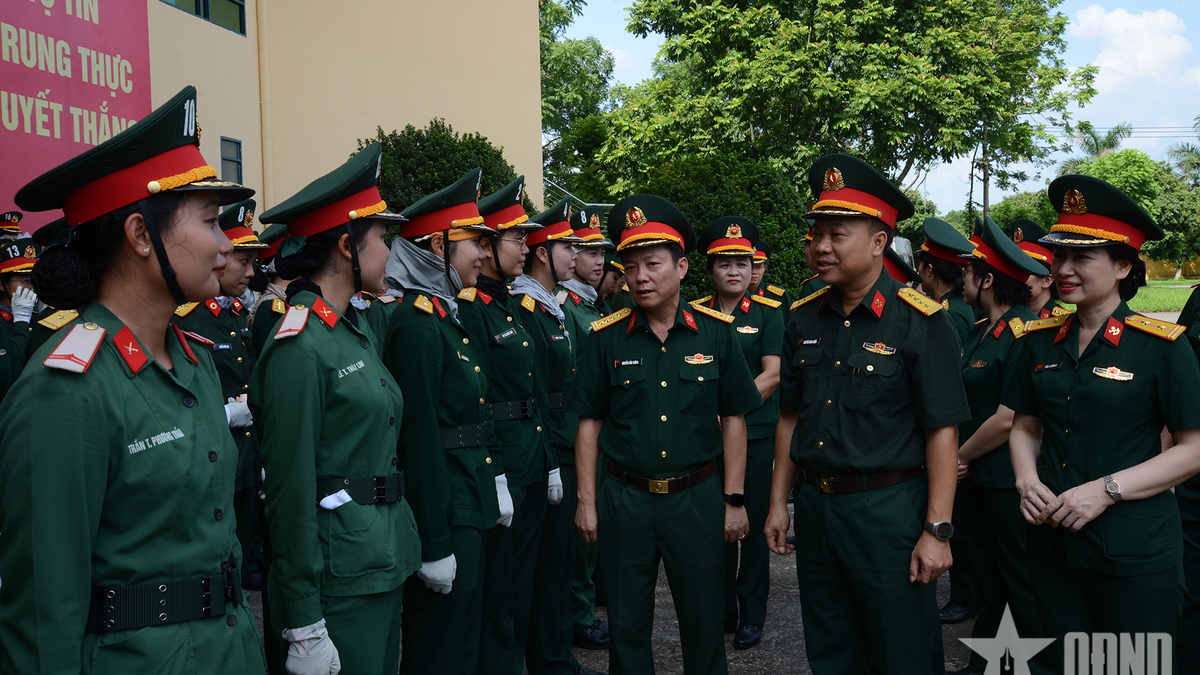
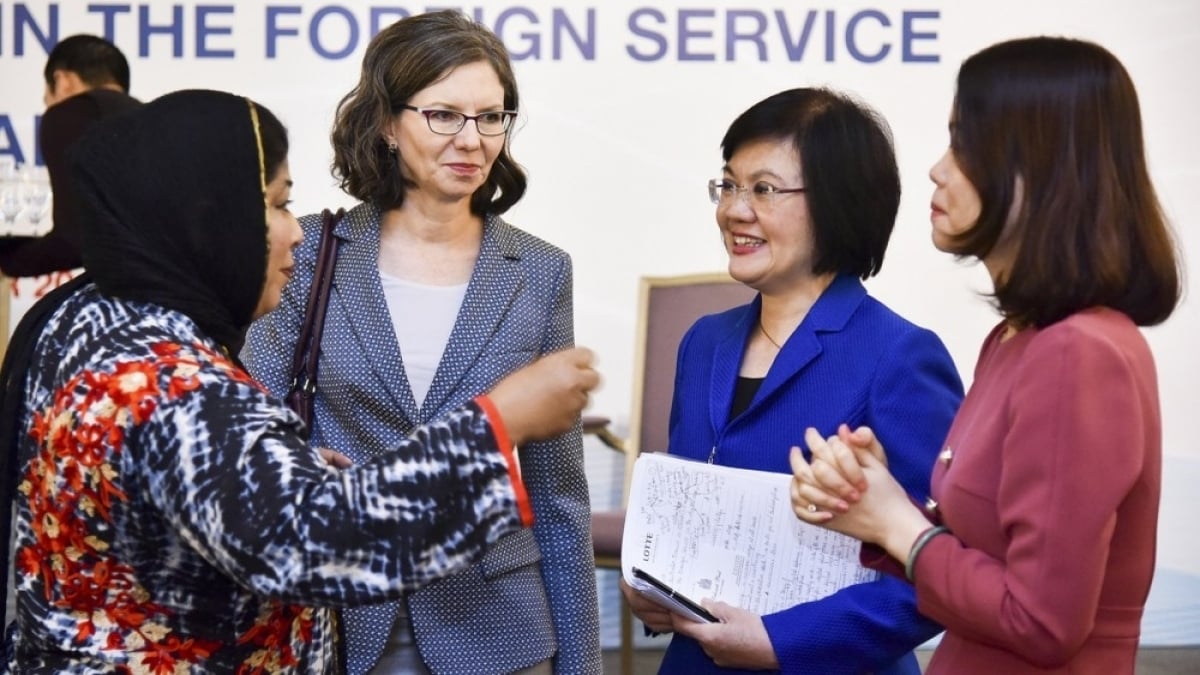


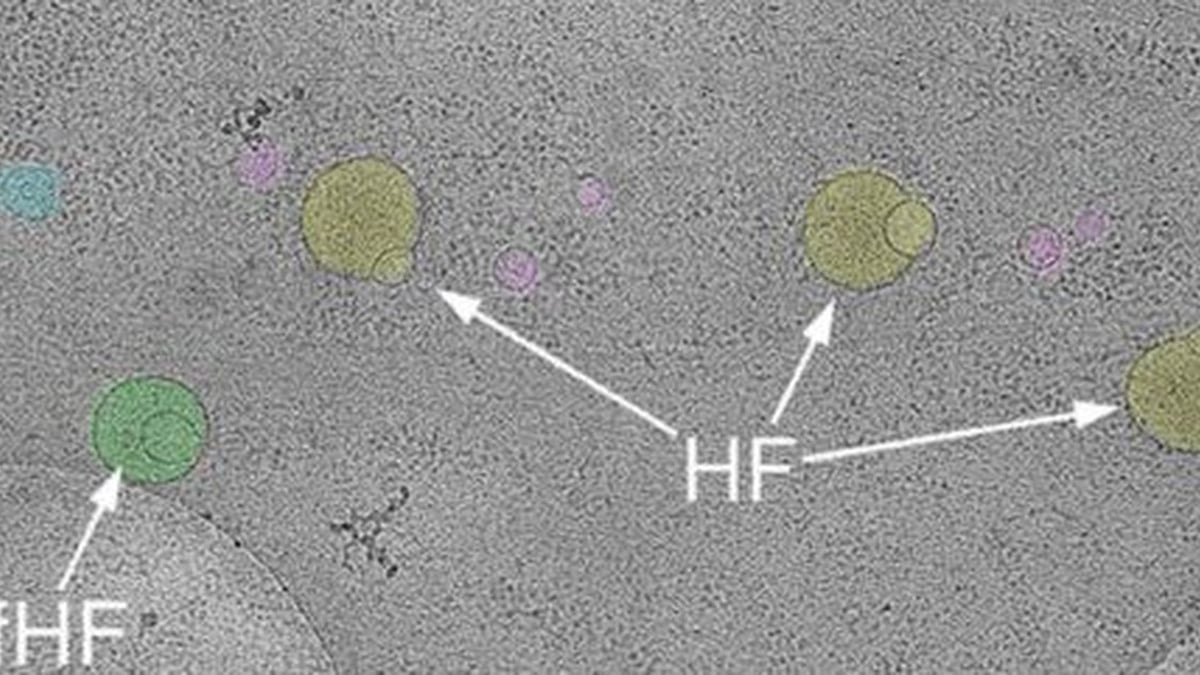
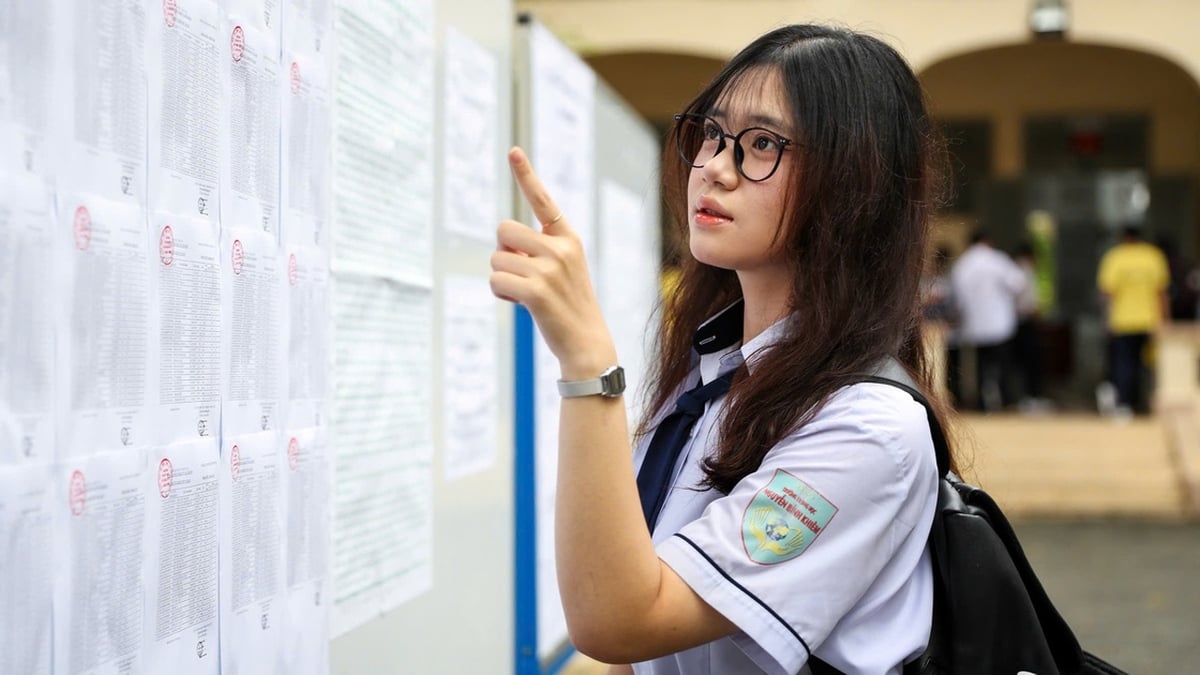
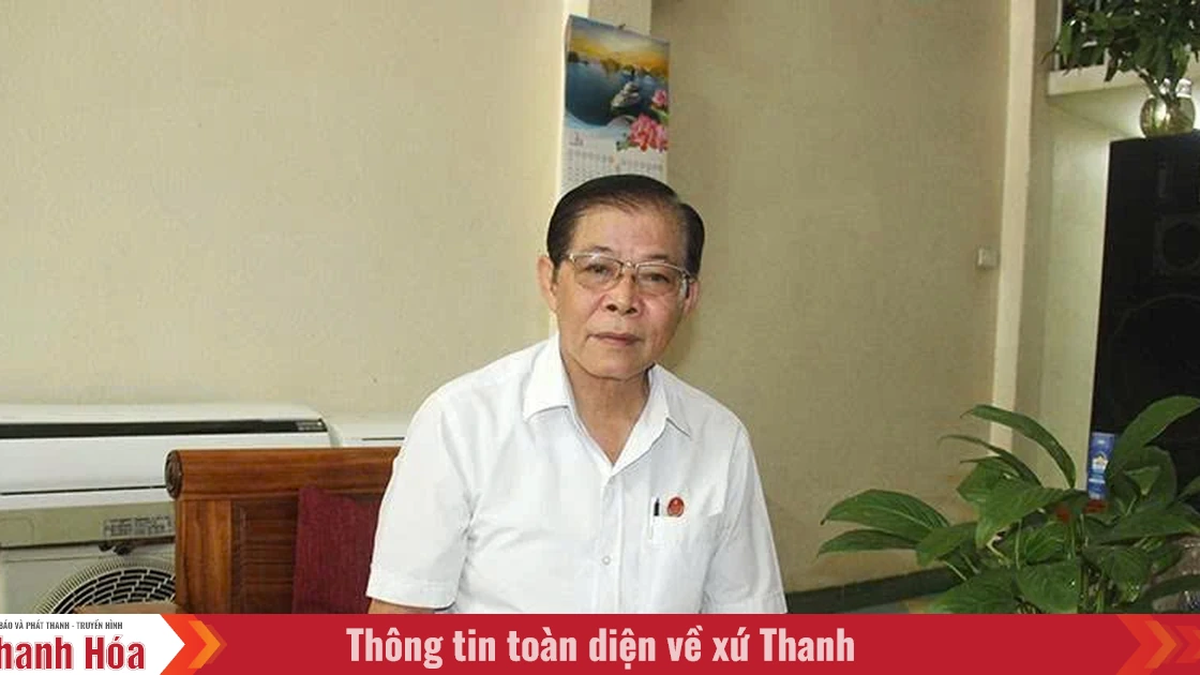
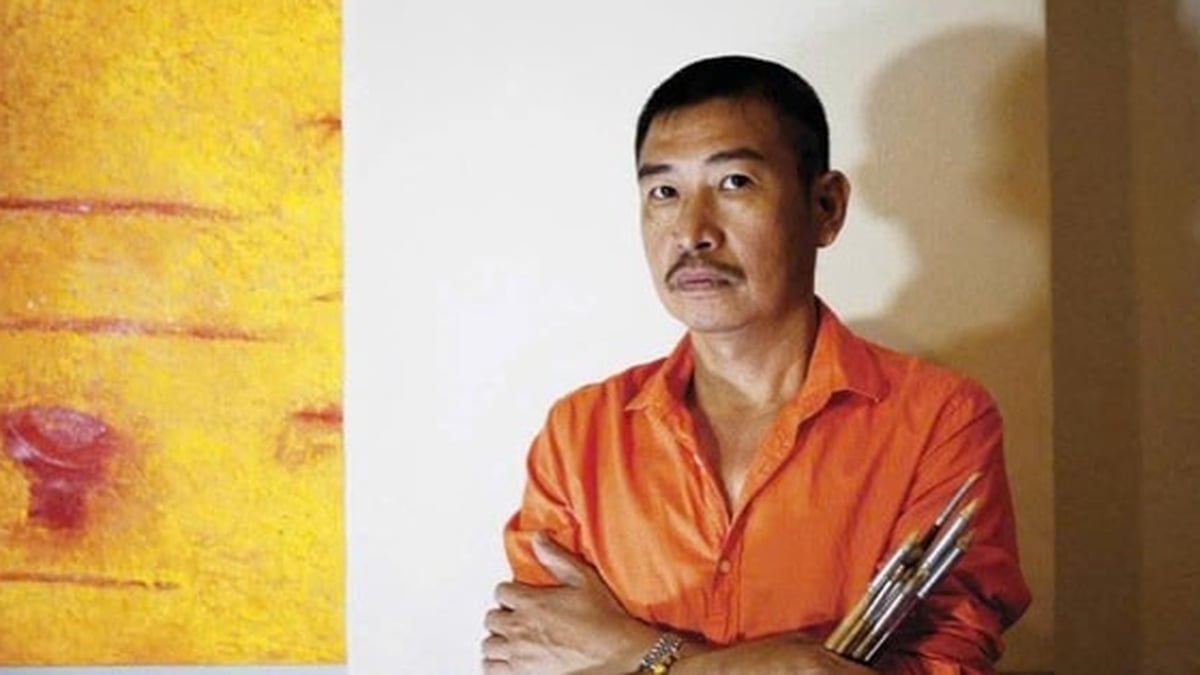
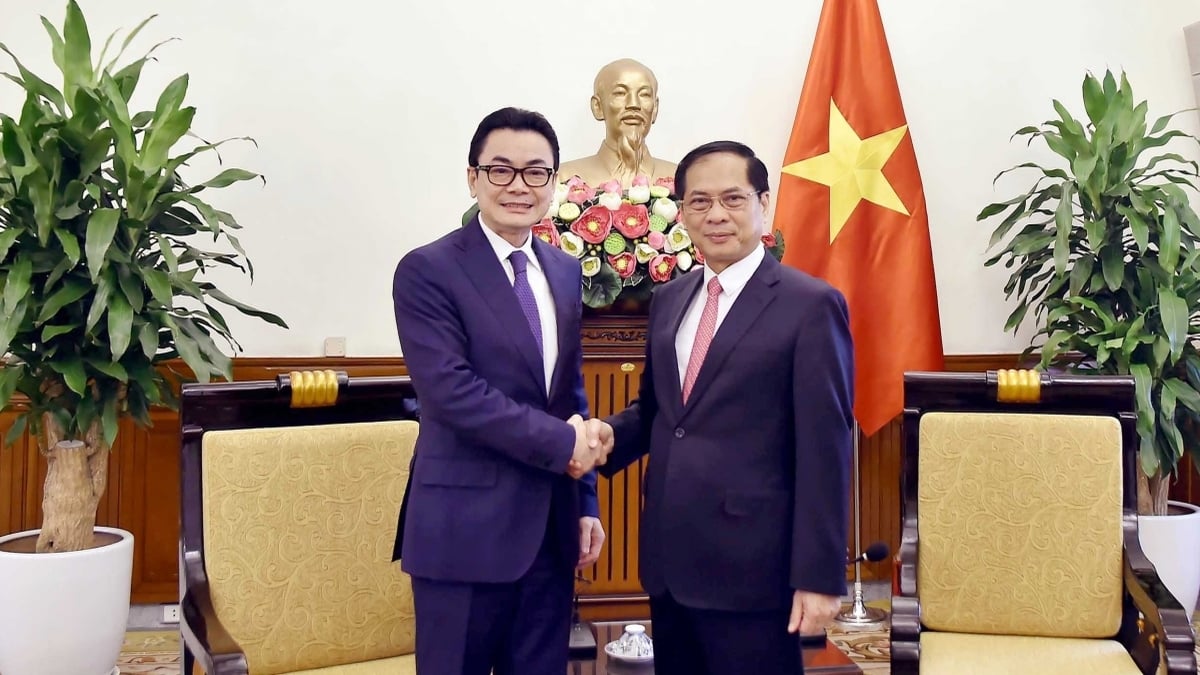
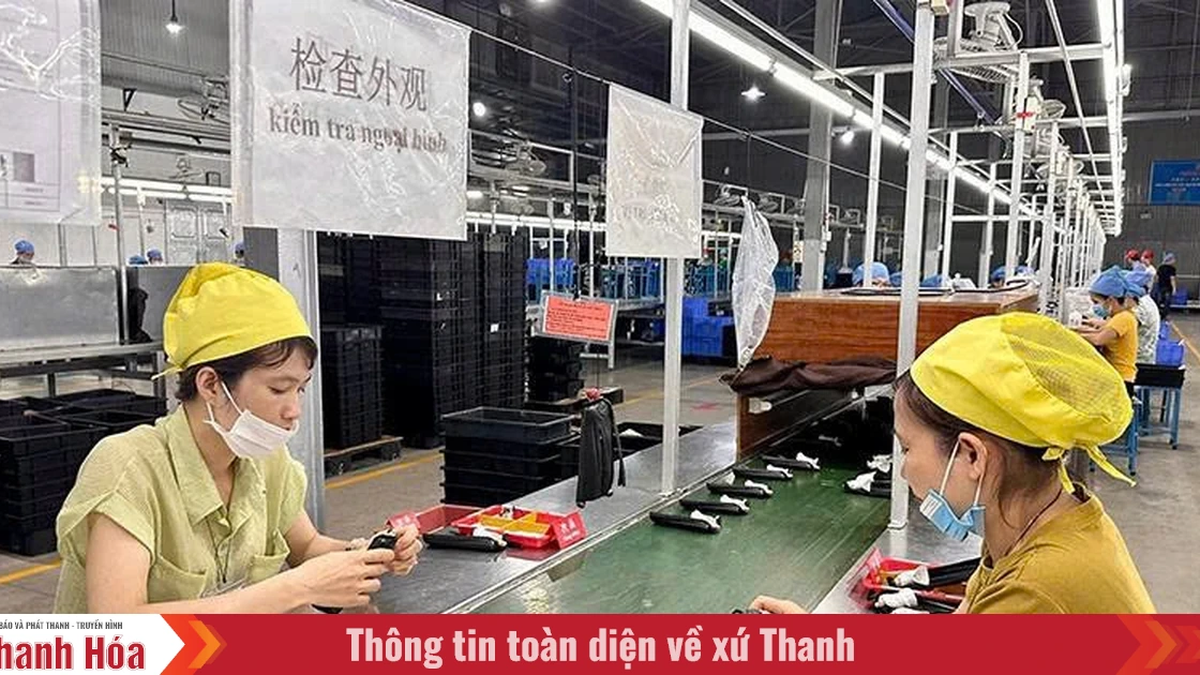























































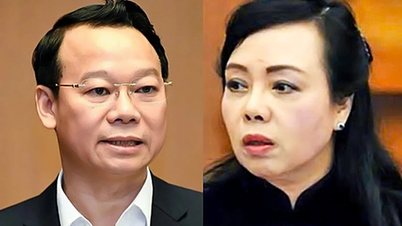






























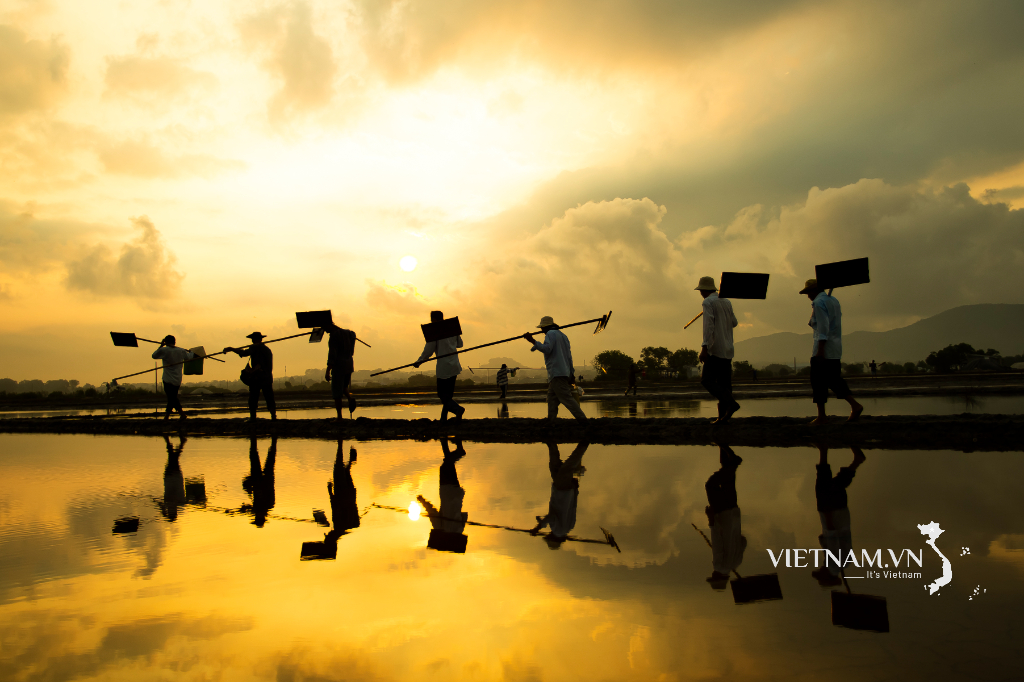


Comment (0)